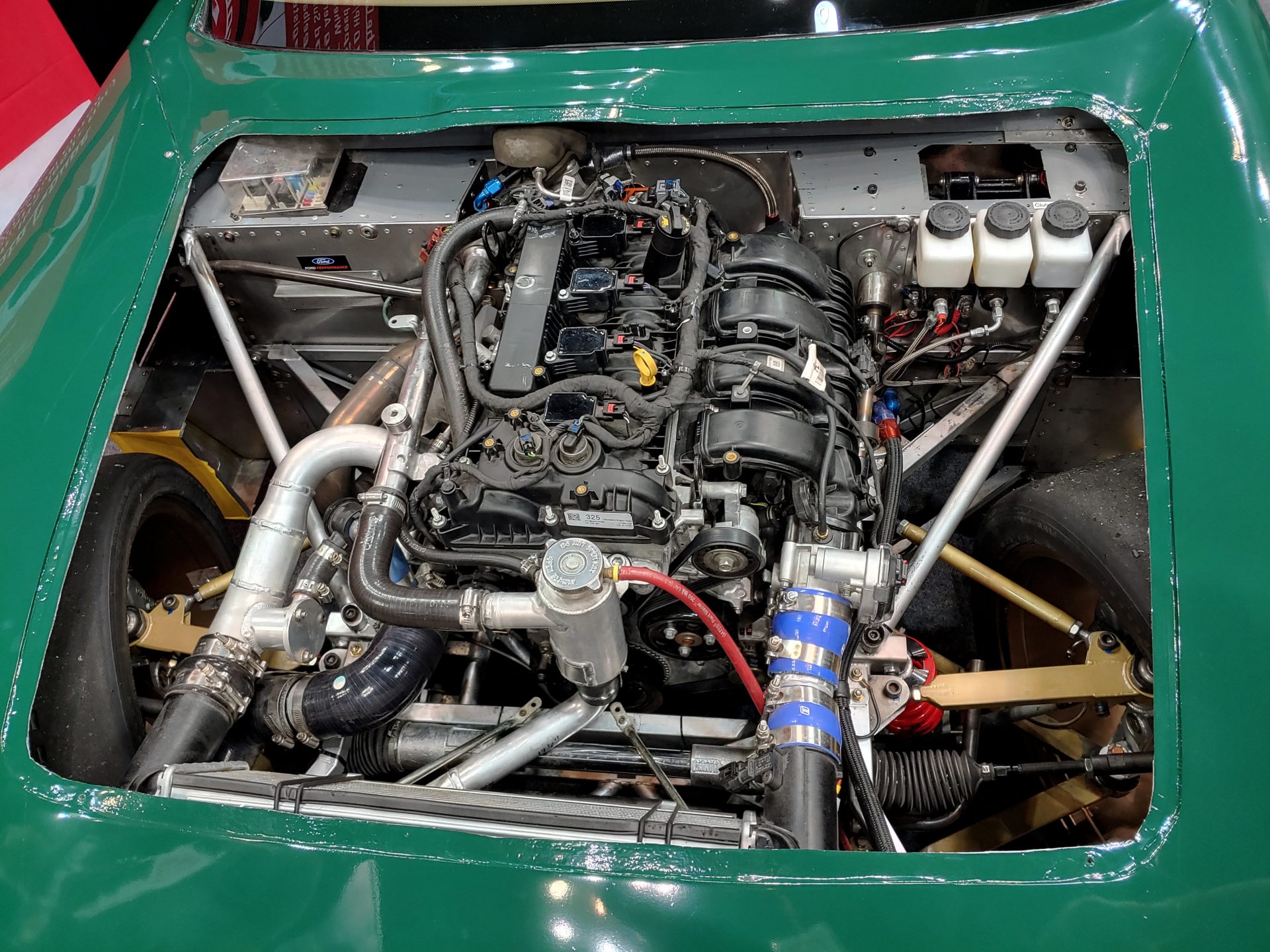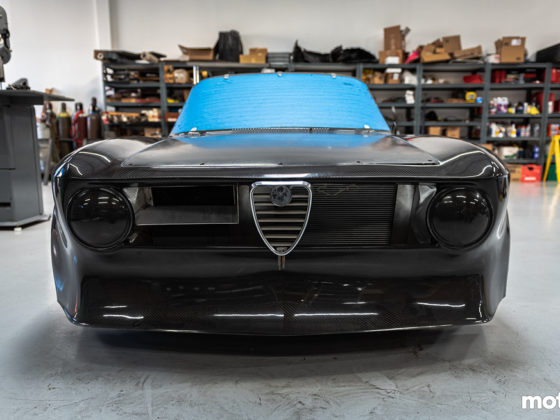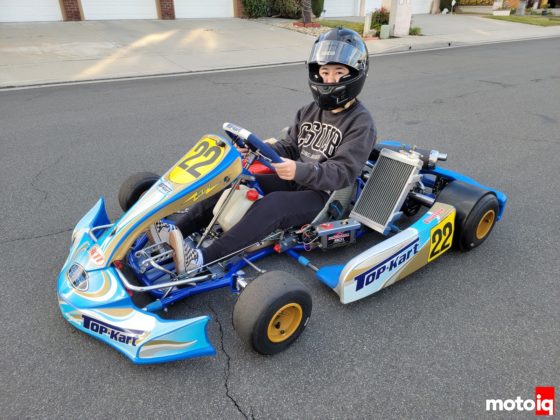
The FIA recently updated the specification for seats, which is nice because the FIA 8855-2021 allows for ten years, whereas the previous specification only provided a three-year lifespan. When you physically compare the X-PAD to the GT-AM, which both meet the FIA’s specifications, the 8855-2021-rated seat is noticeably thicker in some locations and has a lot less flex. This additional torsional rigidity provides safety performance for secondary impacts (think rollover) without significantly increasing weight or cost. The GT-AM was so new that it didn’t even have a price yet. However, look for it to retail at around $1800-$1900 when it finally hits stores in early 2022.

No, don’t do it. You did it, didn’t you? But, of course, now you will want to buy it. If you remember the last time I touched an expensive Sabelt shoe, I immediately regretted it. And the new Hero Zero Gravity TB-10 is no exception. All of Sabelt’s new 8856-2018 racewear is insanely amazing, and now I am broke just thinking about it. But you won’t find anything lighter or more breathable, or more comfortable.

First, the “wagon wheel” rollover protection is integrated directly into the plate. This means that no matter what filling solution you decide to use, you don’t have to fuss with the rollover valve. The design also means that your filling solution is a simple bolt-on affair. Want to switch from a traditional filler neck to a dry-break style rapid fill system? You just change an attachment and not the entire top plate.
The internal plumbing now features a Bundy quick disconnect fitting, making life a little easier. The exterior fitting is currently -6AN with -8 and -10 on the way. As this design is super new, Fuel Safe is actively seeking feedback.

At the 2018 PRI show, you might recall that our coverage included the Ice Engine Works manifold/header fabrication system. Well, it looks like someone was paying attention because now you have the same thing for hoses.
The Dyme system involves a bunch of fittings and a clocking device combined with hose segments. The segments are designed to mimic the dimensions and the bend radius of the hose being used. So you mock up your hose, send the information to Dyme, and they manufacture and ship you a pressure-tested hose. With sizes from -4 to -10 and a range of AN fittings, this is a pretty cool way to get hoses made if you don’t have the equipment or a local hydraulics shop.
That being said, the base toolkit retails for $469 for a -6 kit, and I couldn’t find any details on their “Superlegerra Aramid PTFE” hose. So unless you are making hoses very frequently, the kit might not be worth it to you.




4 comments
Thanks for the summary! I have only been to PRI once sadly, and I think that was back in 2008 when it was still in Orlando. Interesting about the Precision, the end housings look very EFR-like. Well, only so many ways to do the same feature set. I know the owner of Dyme PSI, he’s very active out here in SoCal helping with builds. The rattle snake kit would be awesome for any shop that builds cars. It takes all the guess work out, reduces wasted material, and all the stuff they send is tested for quality to ensure there are no leaks (maybe the most important part). I was wonder how the Miata Cup cars were keeping from grenading the manual transmission… I see they just replaced it completely, ha! I bet Hunter will sell a ton of those tire change machines. The EV conversions are coming… the tricky part right now for the DIY’er is the battery pack and thermal management. AEM was smart and jumped on it early, getting their ECU and BMS stuff going. Now the OEMs are doing crate motor/inverter setups. The last piece really are battery modules/packs.
Khiem, to answer your “question” on the Miata Cup car transmissions: they obviously weren’t doing anything to keep them from grenading- but they were covering them under warranty and contingency. I had a friend go through 2 transmissions- completely covered under warranty. Mazda told him they would not cover the 3d one if it blew as well.
But, isn’t that one of the best benefits of selecting the Mazda as a track toy? Things are covered under warranty just like on the street car, and for things that aren’t- you get a discount on the parts- 2yrs ago replacement crash parts for cup car owners was cost plus 10%! What other auto manufacturer is supporting their grassroots motorsport customers like that?
Part of the reason for the change from the OEM transmission to the SADEV was that the OEM trans were not holding up to the rigors of racing. However, it was usually the front-pack racers who were flat-shifting and driving the cars to 99.99% of their capabilities that were destroying the trans. I don’t think it was 100% of the cars that were grenading transmissions all the time, but rather the most abusive drivers were guaranteed to kill one.
I don’t think your casual weekend warrior or track-day enthusiast is going to kill an OEM trans.
I definitely see the value in the Dyme system for volume. For one-sy two-sy kind of hose work, though, it may not be worth the entry price.
I was definitely at a few of those Orlando-era PRI events!
I believe this is basically the same transmission in the FR-S/86/BRS and if so its is pretty fragile.